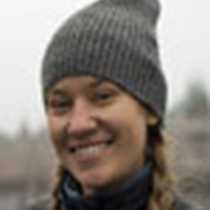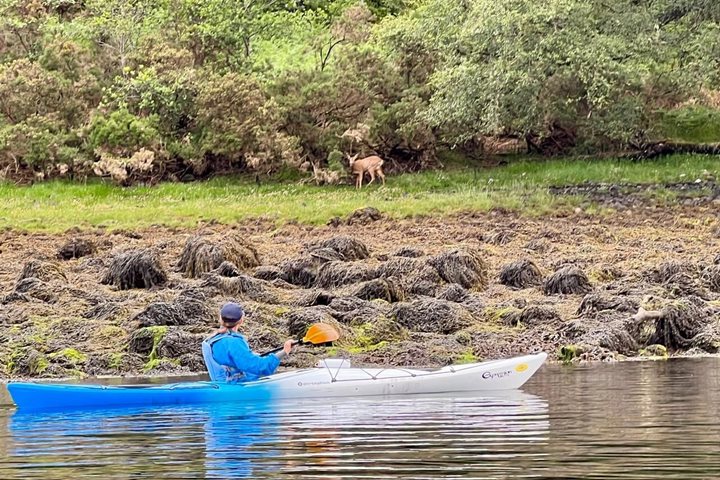The high winds of yesterday that had led to widespread ferry cancelations in the Hebrides had died away, enabling us to venture out of the sheltered anchorage of Oban bay to make for the Isle of Mull, the second largest of the Inner Hebridean islands and one with an exceptionally long, highly indented coastline. It is an island celebrated for its wildlife, golden and white-tailed eagles, shorebirds, and rich marine life, including minke whales, orcas, and seasonal basking sharks. We disembarked at Craignure and drove in a long diagonal across the island, along a single-track road with passing places, to Fionnphort where we met the ferry for Iona.
Iona has emblematic significance in northwest Europe. It was there in 563AD that Columba brought Celtic Christianity to Scotland from Ireland. He established a monastic community on the island that was famed for its learning and its craftsmanship. The Book of Kells, one the treasures of modern Ireland that is today housed in the library of Dublin’s Trinity College, was produced on Iona and taken to Kells Abbey in Ireland to preserve it from Viking raids in the eigth century. We walked to the restored Benedictine abbey, passing one of Britain’s best-preserved mediaeval nunneries and one of Thomas Telford’s ‘Parliamentary Kirks’ on the way, to view St Martin’s Cross. In situ since the eighth century, this is the original Celtic Cross from which all others derived their distinctive design. We also explored the abbey, its cloister, a museum of high crosses, and numerous craft shops. A highlight of the day was a performance in the abbey by the Doric String Quartet, part of the 2019 Mendelssohn on Mull Festival.
After a hearty lunch at the St Columba Hotel, we took the ferry back to Fionnphort and recrossed the Isle of Mull, passing the island’s two munroes, Ben Talla and Ben Mhor, both meeting the requirement of being more than 3,000 feet tall. Detouring to Duart, we visited the ancestral pile of the Clan Maclean, a filmset of a Scottish castle perched on a rocky crag strategically situated overlooking the Sound of Mull. We took a tour of the castle, complete with a prisoner in the dungeon, sound effects, and a stroll around the site that includes a burial ground for Hanoverian soldiers billeted at Duart after the 1745 Jacobite Rebellion. Then we drove to Tobermory to rejoin the ship.
Before dinner, we heard a lively presentation from a member of staff of the Hebridean Whale and Dolphin Trust.









